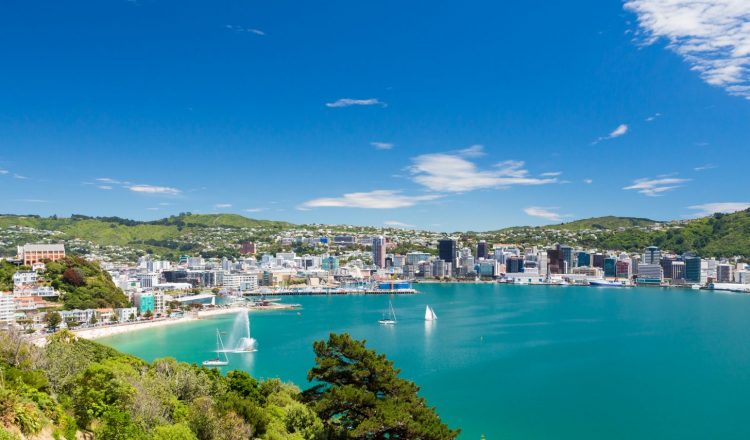より良い人生
GDPと経済統計の寒さよりも生命への多さがある。OECDベター・ライフ・インデックスは、OECDが重要な生活条件と生活の質の分野において重要であると特定した11のトピックに基づいて、国々のウェルビーイングを比較することを可能にする。
ニュージーランドは、ベター・ライフ・インデックスの他のほとんどの国と比較して、多くのウェルビーイングの指標において良好なパフォーマンスを発揮しています。ニュージーランドは、健康状態、所得と富、環境の質、個人の安全保障、市民エンゲージメント、住宅、主観的幸福、教育とスキル、仕事と収入、社会的つながりにおいて平均を上回っていますが、ワークライフバランスでは平均を下回っています。これらのランキングは、選択可能なデータに基づいています。
お金は、幸福を買うことはできませんが、より高い生活水準を達成するための重要な手段です。ニュージーランドでは、一人当たりの平均世帯純調整可処分所得は、OECD平均の年間33604米ドルを下回っている。
雇用面では、ニュージーランドの15歳から64歳の人々の 77% が有給職しており、OECDの雇用平均68%を上回っている。男性の約 82% が有給労働で、72% の女性と比較しています。ニュージーランドでは、従業員の 15% が非常に長い時間を働いており、OECD平均の 11% を上回っている。男性の 21% は女性の 9% と比較して非常に長い時間を働いている。
良い教育とスキルは、仕事を見つけるための重要な必要条件です。ニュージーランドでは、25-64歳の成人の 79% が高等中等教育を修了しており、OECD平均の 78% をわずかに上回っている。これは、男性の78%が高校を修了し、79%の女性と比較して、男性よりも女性の方がやや真実です。教育システムの質面では、OECDの留学生評価プログラム(PISA)において、平均的な学生はリテラシー、数学、科学を読んで506点を得ました。このスコアはOECD平均486よりも高い。ニュージーランドでは平均して女子が男児を6ポイント上回り、平均OECDのギャップを2ポイント上回った。
健康面では、ニュージーランドでの出生時の平均余命は82歳であり、OECD平均の80歳よりも2年高い。女性の平均余命は83歳で、男性の80歳です。大気中のPM2.5(肺への侵入や損傷を引き起こすのに十分小さい小さな大気汚染粒子)のレベルは、立方メートル当たり4.9マイクログラムであり、OECD平均の1立方メートル当たり13.9マイクログラムよりもかなり低い。ニュージーランドは、水質に関しても 89% の人々が水の質に満足していると回答しており、OECDの平均は81%を上回っています。
公共圏に関しては、ニュージーランドにはコミュニティ意識が強く、高いレベルの市民参加があり、96% の人々は、OECDの平均である89を上回る人が必要な時に頼れる人を知っていると信じている。政治プロセスへの市民の参加の尺度である有権者投票率は、最近の選挙では80%であり、OECD平均の68%を上回った。人口の上位 20% の投票率は推定 97% であるが、下位 20% の参加率は推定 85% である。この差は、OECDの平均差の13パーセントポイントよりわずかに狭い。
一般的に、ニュージーランド人はOECD平均よりも生活に満足しています。ニュージーランド人は生活に対する一般的な満足度を0から10のスケールで評価するよう求められたとき、ニュージーランド人はそれに平均7.3等級を与え、OECD平均6.5より高い。

















































